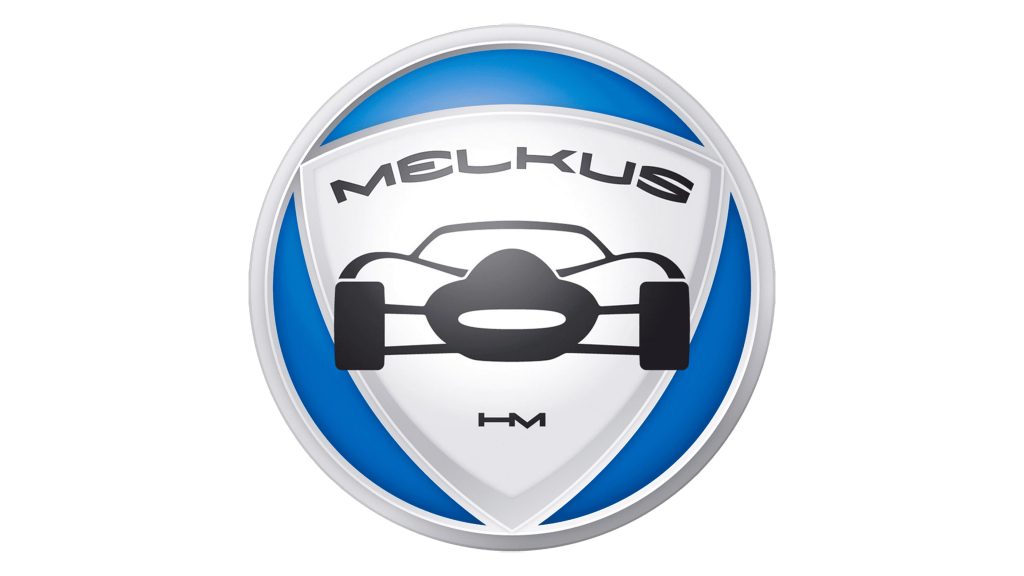The Melkus car company was founded in 1959 and named after its founder, Heinz Melkus. The company specialized in the production of formula cars on the units of Wartburg cars. Melkus’s formulas were known far beyond the GDR. Melkus himself won the GDR championship three times.
Meaning and History
The Melkus automobile company is named after its founder, Heinz Melkus. The young chauffeur loved speed, so in his spare time he took part in numerous car races.
In the early 1950s Melkus opened a private driving school. The income from this business was used to develop a sports car. With a group of similarly enthusiastic comrades Melkus began to assemble a racing car. “The heart of the car was an engine from a serial car “Wartburg”. A small workshop produced the “Melkus-Wartburg” already in 1959. And in 1960, the car began to be mass produced.
In the mid-1960s, Heinz Melkus together with engineers of the Technical University of Dresden and employees of the car factory in Eisenach began to develop a road sports car Melkus RS 1000.
In 1986, due to the difficult economic situation in the Soviet Union, Heinz Melkus KG closed down. After the fall of the Berlin Wall in 1989, Heinz Melkus and his son Ulrich opened a BMW dealership in Dresden. In 2009, the successor to the East German sports car, the Melkus RS 2000, made its debut at the Frankfurt Motor Show. It was developed on the basis of Lotus Elise.
What is Melkus?
Melkus is a German automaker specializing in high-performance sports cars. Known for its limited production and handcrafted vehicles, Melkus combines cutting-edge engineering with classic design elements, catering to automotive enthusiasts seeking a unique driving experience.
1959 – now
The company logo consists of a blue circle with a white rounded triangle inside. Inside it is a black sports car with a stylized company name above it.
Emblem and symbol
The racing car manufacturer’s emblem is based on a shield-like shape in a circle, symbolizing the desire to overcome opponents and to be the leader. The colors of the emblem also have their own interpretation. The silver color of the shield is the desire to develop technologically, and the blue color stands for the desire to be a leader in its field of activity.


